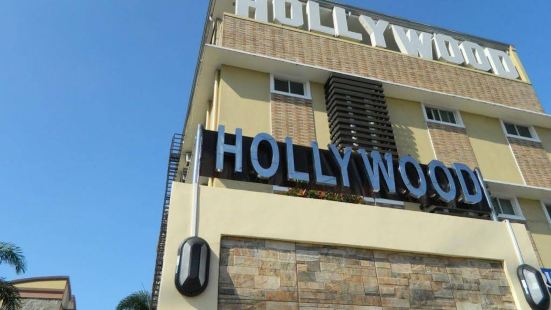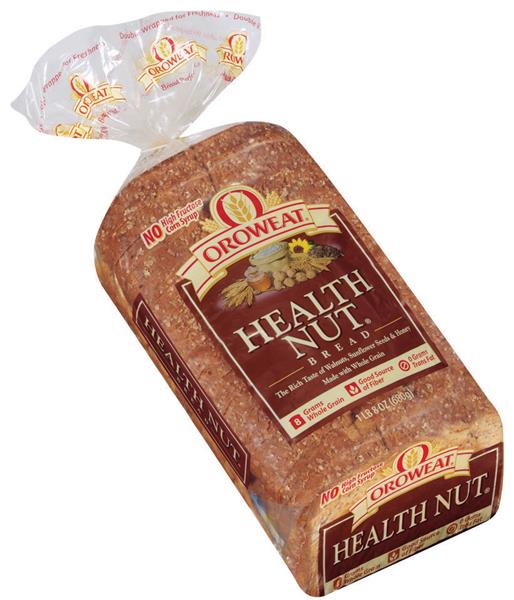


Well, I think MacGyver will eat practically anything if he has to - to survive. When people ask him, “What’s your secret?” he says that’s it.Interesting topic. “I say my prayers … every time I do 10 pounds of dough, for everybody that walks across my booth, buys bread, that they would be blessed and nourished,” Katasse says. Katasse keeps his recipe under wraps, but does share one key additive. “Sweet, you got sugar on there, the butter, you know, it’s buttery. Has that big tub,” Austin says between bites. “Pretty good, I like how he makes them big, too. Darrin Austin doesn’t have a trace of ambivalence while he eats. Starvation led the government to provide canned goods, flour, sugar and lard, which led to fry bread.įor Katasse’s customers in Alaska, fry bread doesn’t appear to have that baggage. government forced the Navajo and other Southwest Native American groups to relocate to a doomed settlement called Bosque Redondo Indian Reservation. Like matzah is a symbol of Jewish persecution, Navajo fry bread has a lot of history, symbolism and emotion kneaded into it. He remembers his grandma saying fry bread was first created when the government was rationing food to the Navajo. “Now, you have me questioning it.”ĭwayne Lewis, a Navajo and owner of the restaurant Sacred Hogan Navajo Frybread in Phoenix, says he doesn’t have any theories about how it got to Alaska. “I never questioned it because it was part of our, you know, what we ate,” Plunkett says. Plunkett says she never thought about it. “I just know it brings a lot of people together,” she says. How it’s come to be so closely associated with Alaska Native cultures is a bit of mystery.īoyd says she doesn’t know much about its history in Alaska. Many Native American groups around the country have variations of fry bread. Sometimes, he sells fry bread topped with Mexican ingredients as an “Indian taco,” though he personally enjoys it with salmon and green chili. Katasse, who’s Tlingit but spent a lot of his adult life in the Southwest, says his recipe came from a Pueblo friend. They remember their first time eating fry bread made by their parents and grandparents when they were young children.Īnd yet, Smithsonian Magazine and popular lore attribute fry bread’s origins to the Navajo. “It’s light and it’s big, and he always has good conversation while you’re getting it,” she says with a cheery chuckle.īoyd, Plunkett and many others in line are Tlingit. He does the best fry bread,” says Bettyann Boyd.īy the end of Katasse’s first week in town, she’d eaten four pieces. The fry bread she can buy in California just isn’t the same.Įven in the rain, Katasse’s customers keep queuing up in the parking lot where he’s set up for a few days. Cause there’s no - I can’t cook it myself.”

“I now take it back and I freeze’em, take it back and I can have’em later. “We love our fry bread, as you can tell,” Plunkett says. He grew up in Juneau, but lives in Albuquerque and Anchorage most of the year.Įven without four walls or a roof over his business, he’s become a local institution.Ĭarmen Plunkett, who’s from Juneau but now lives in California, was carefully packaging up eight pieces of the plate-sized treats. Katasse has been setting up shop in the Juneau and Anchorage areas for about a decade. He says his disability makes it tough for him to work a regular job, but it also lets him travel and sell fry bread to thousands during events and festivals. He’s got severe hearing loss, and it helps him get by. There’s a funny squeal coming from the headphones Katasse wears, plugged into a gadget clipped to the collar of his hoodie. “Because I have to run around and get all my ingredients and get ready for the next day.” “You know, my day starts (at) 4 o’clock in the morning, and doesn’t end ‘til 10:30 at night,” Katasse says. He goes through 175 pounds of dough a day, all mixed by hand. On days like this during a big Native cultural convention, Katasse spends hours on his feet, patiently working the dough and frying it up piece after piece after piece. Garfield Katasse is the big guy under the tent by the Garfield’s Famous Fry Bread banner. Some people say it’s magic that turns a hand-stretched disc of dough into a puffy - but-not-too-puffy - piece of golden, delicious fry bread.įry bread, that high calorie treat that can go savory or sweet, has generations of history in many Alaska Native families, where the untraditional food has become a cultural fixture. Hot canola oil pangs off a stainless steel tub under the watch of a local fry bread master.


 0 kommentar(er)
0 kommentar(er)
